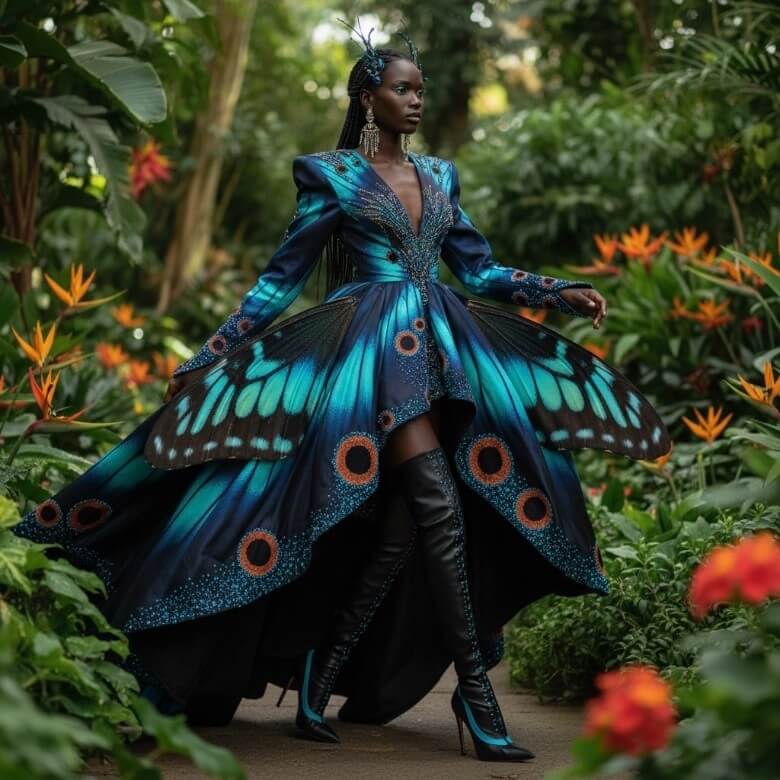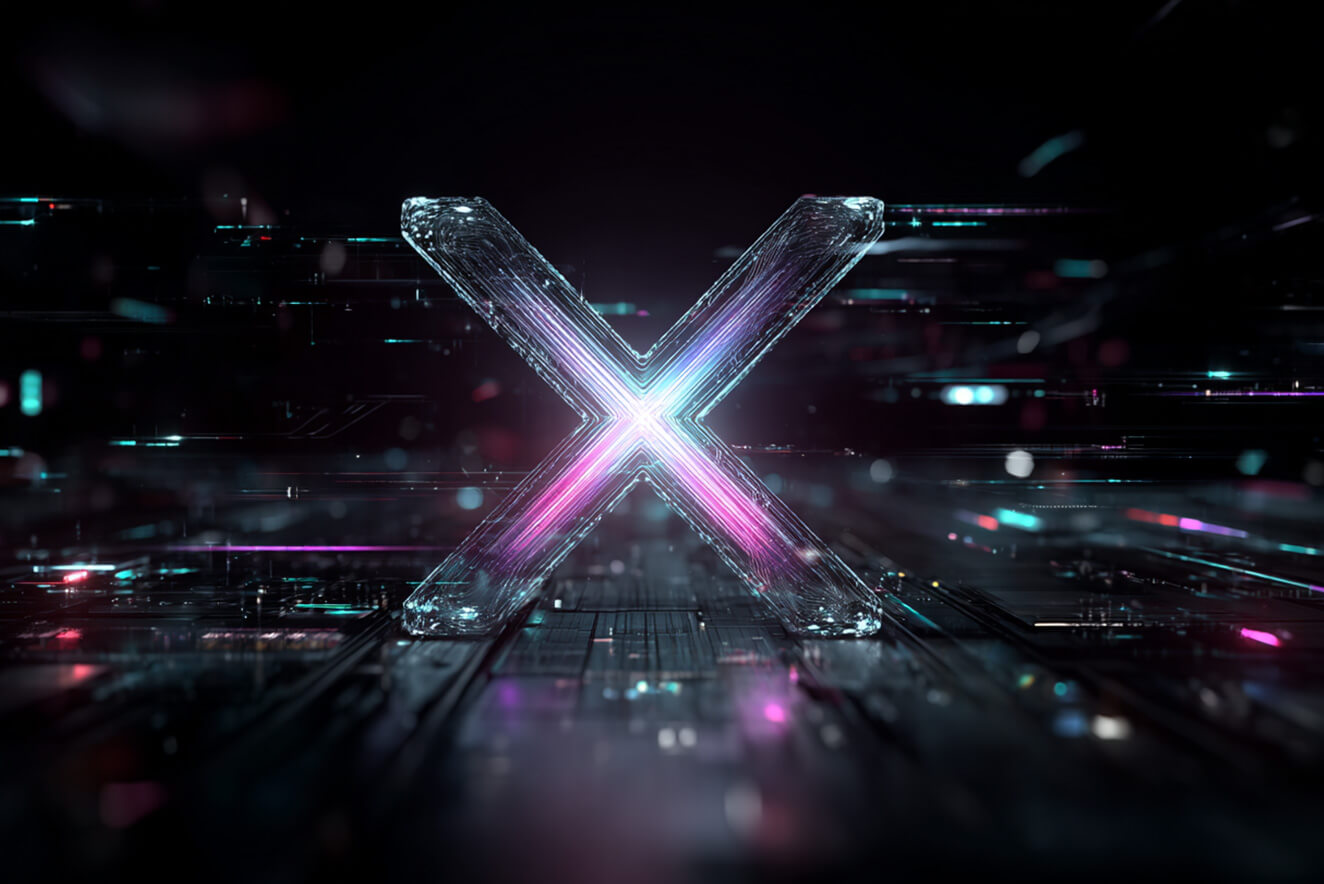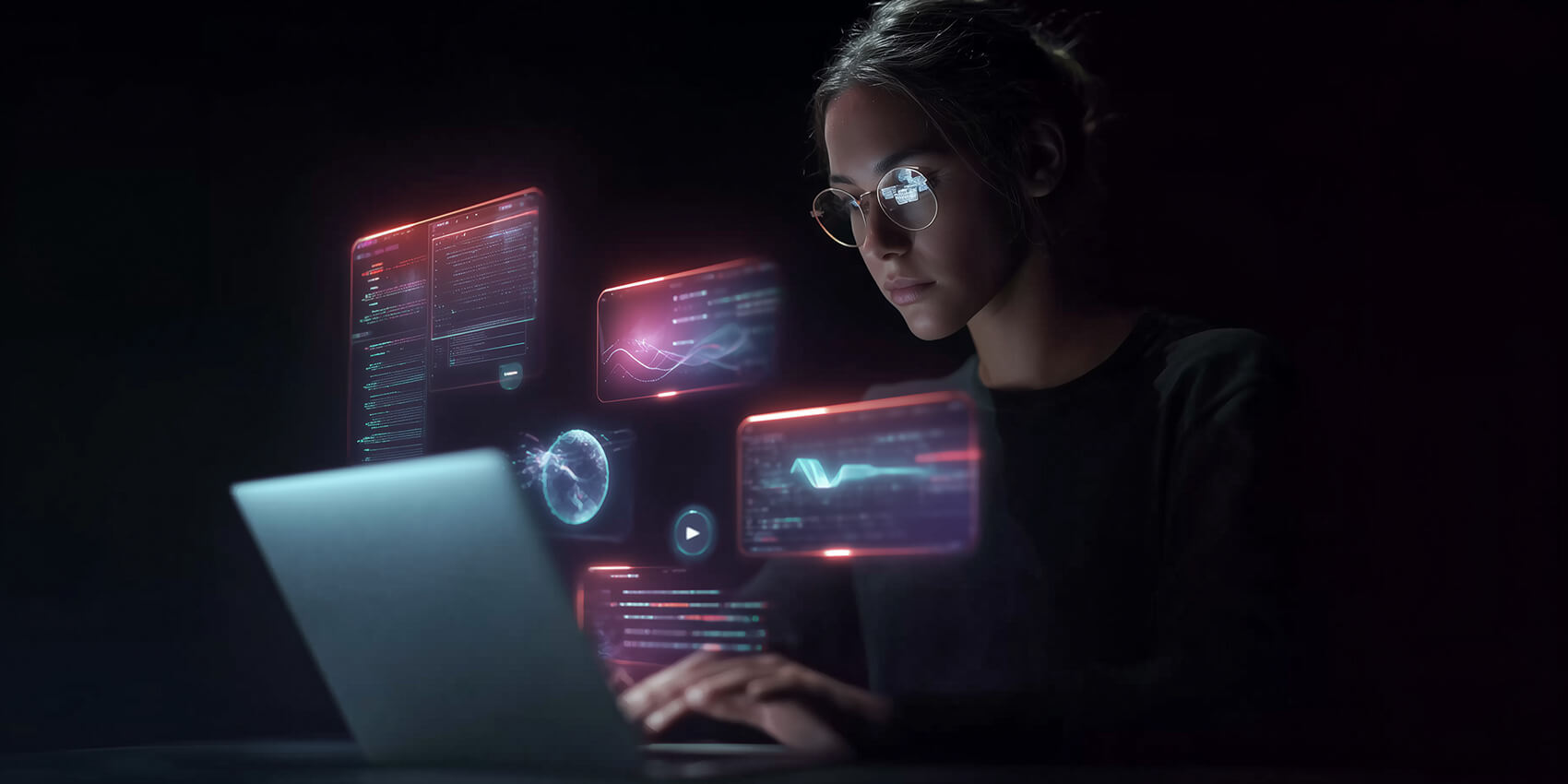People have been going bananas for it — and for good reason. Nano Banana AI shows us what the future of image editing really looks like.
Nano Banana AI is the latest service for image generation and editing. It has quickly become one of the most talked-about tools in the AI community. At first, it appeared mysteriously on platforms like LMArena, where a model marked only with banana icons started outperforming all others in image quality. Soon, Reddit threads, Discord groups, and X (Twitter) buzzed with speculation that this “Nano Banana” might be a secret Google project. In August 2025, Google confirmed the rumors: Nano Banana is in fact the codename for Gemini 2.5 Flash Image, its new state-of-the-art model for images.
This article explores what makes Nano Banana AI unique and how it compares with rivals like Midjourney, DALL·E, and Firefly. It also looks at what users can do with it and why it’s generating so much excitement.
Nano Banana AI Features: Speed, Realism, and Consistency
Nano Banana AI stands out as more than just another image generator. It’s both a creator and an editor — a multimodal system that understands text and images together, enabling precise and natural photo manipulation.
-
Text-based editing: Instead of manually retouching, you simply type what you want, like “remove the background and replace it with a forest” or “make the subject smile and add soft lighting.” Nano Banana interprets and applies changes seamlessly.
-
Character consistency: Perhaps its biggest breakthrough — Nano Banana keeps faces and characters consistent across multiple edits and scenes. Unlike most models that change appearance with every prompt, Nano Banana preserves identity, making it possible to build a whole photo series or comic with the same character.
-
Speed: Results appear almost in real time — usually within 1–2 seconds. This makes it feel more like an interactive editor than a slow generator.
-
Advanced capabilities: From background removal and colorization to pose changes, novel views (new camera angles), and even turning 2D images into 3D-like projections.
-
High realism: Images look like they were taken with a real camera — with natural lighting, perspective, and textures.
Built on Google’s Gemini AI platform, Nano Banana leverages years of research from Google DeepMind. It’s the official Gemini 2.5 Flash Image model, optimized for both speed and quality. The system is based directly on user feedback from earlier versions.
A Creative Fashion Demo: Butterfly-Inspired Dress
One of Google’s official demos of Nano Banana AI highlighted its creative potential in fashion design. By combining the concept of butterfly wings with the instruction to design a dress, the model produced a stunning photorealistic gown. The fabric glowed with delicate golden and blue wing-like patterns. It showed how Nano Banana AI can merge natural inspiration with high-fashion aesthetics.
This demonstration impressed visually. It also showed the model’s ability to understand abstract concepts and turn them into practical, creative outputs. It’s a glimpse of how AI could collaborate with designers in industries like fashion, product design, and advertising.

How Nano Banana AI Fits into Google Gemini
While “Nano Banana” became a meme and a community nickname, Google clarified it’s actually an integrated part of the Gemini ecosystem. Users of the Gemini app now have direct access to the image editor, even on the free tier. Developers can integrate it through the Gemini API and Google AI Studio. Enterprise clients can deploy it on Vertex AI in Google Cloud.
Interestingly, before the official reveal, Google tested it anonymously under the Nano Banana codename. The model topped LMArena leaderboards and created hype without any marketing — a clever way to showcase quality first and let the mystery spread organically.
Nano Banana AI vs Midjourney, DALL·E, and Firefly
-
Midjourney: Famous for its artistic and stylized results, but lacks consistency across edits. Nano Banana rivals Midjourney’s aesthetics while adding identity preservation and editing precision.
-
DALL·E 3: Good at following text prompts, but Nano Banana is faster and more accurate at local edits (like facial expressions, clothing, or background changes).
-
Adobe Firefly (Photoshop): Offers generative fill, but usually requires manual masking. Nano Banana skips manual steps — just describe the change in plain language.
-
Stable Diffusion: Open-source and flexible, but often requires technical setup and longer rendering. Nano Banana runs instantly in the cloud with Google infrastructure.
Overall, Nano Banana AI combines speed, realism, and consistency better than any existing model, pushing it closer to being a true “Photoshop killer.”
Top Use Cases of Nano Banana AI for Creators and Businesses
The versatility of Nano Banana AI makes it valuable across industries:
-
Marketing & Social Media: Create campaign visuals, ads, and even consistent “AI influencers” without expensive photo shoots.
-
E-commerce: Generate product photos in different colors, styles, and backgrounds instantly.
-
Design & Art: Experiment with sketches, styles, and concepts — from fantasy portraits to architectural visualizations.
-
Education & Media: Produce illustrations, diagrams, or personalized visuals for lessons and articles.
-
Architecture & Real Estate: Stage empty rooms with furniture, change styles, or preview renovations with one click.
In short, Nano Banana is useful for anyone — from hobbyists and creators to professional marketers, designers, and enterprise teams.
Community Reactions to Nano Banana AI
When Nano Banana first appeared incognito, users were stunned: “The name is silly, but the results are insane,” wrote one Redditor. Google engineers playfully teased the community with banana emojis, fueling speculation.
After Google’s confirmation, major outlets like Gizmodo and BGR praised the tool. They highlighted how it solves the long-standing problem of identity consistency in AI images. On social media, users shared jaw-dropping edits. One example was instantly changing Sam Altman’s shirt color in a photo, with a result indistinguishable from reality.
Most reactions are overwhelmingly positive, though some note limitations:
-
Slight distortions may occur with overly abstract prompts.
-
Multiple successive edits on the same photo can reduce cohesion.
-
For purely artistic, stylized images, some still prefer Midjourney’s “out-of-the-box” aesthetics.
Still, the consensus is clear: Nano Banana AI sets a new standard for practical, everyday image editing with AI.
Ethical Concerns and Safeguards
Like any powerful image-editing AI, Nano Banana raises questions about misuse — from deepfakes to misinformation. To address this, Google applies SynthID invisible watermarks to all AI-generated or edited images. It also enforces strict content guidelines, blocking explicit or harmful outputs.
It’s also part of a broader industry trend: merging AI image generation and editing into unified tools that act more like collaborators than simple generators.
Why This Model Sets a New Standard in Image Editing
From an anonymous “banana model” topping leaderboards to Google’s official Gemini 2.5 Flash Image release, Nano Banana AI has had one of the most unusual yet exciting debuts in AI history.
By combining speed, realism, and consistency, it doesn’t just compete with existing AI art tools — it redefines what AI image editing can be. Whether you’re a creator, marketer, educator, or just curious, Nano Banana AI shows how close we are to an era where editing images with plain language is as natural as describing them to a friend.
Want more
Follow AI Miracle for more thought-provoking stories about artificial intelligence — from the mysteries of ancient history to the latest breakthroughs in creative tools like AI image editors, video generators, and beyond.



It’s really a great and useful piece of information. I’m satisfied that you
just shared this useful info with us. Please stay us up to date like this.
Thank you for sharing.